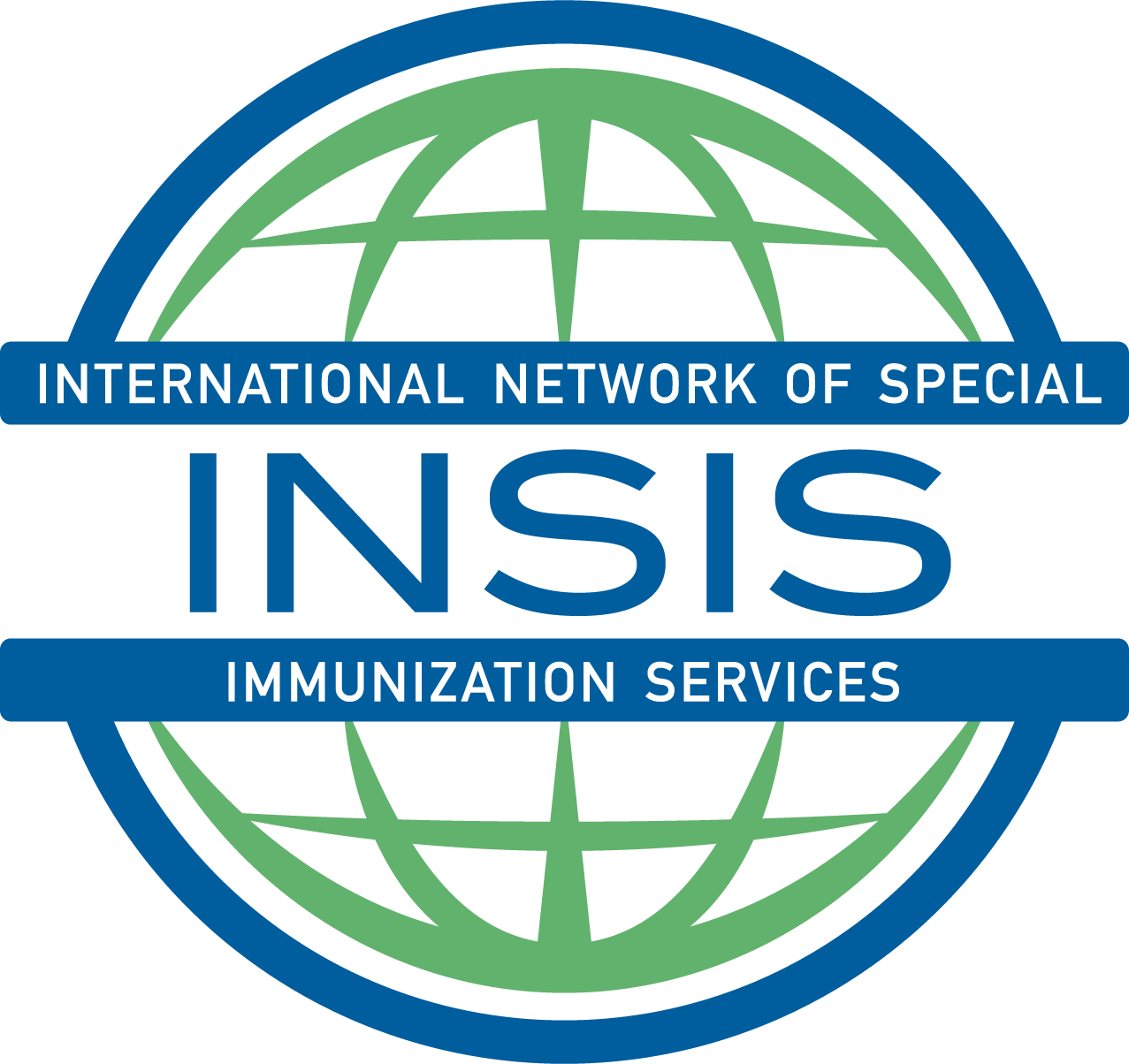Exploring the Intersection of Sensorineural Hearing Loss, Lassa Virus, and Vaccine Safety: Insights from the SPEAC Webinar
The 2024 outbreak of Lassa fever (LF) in Nigeria underscores the devastating impact of Lassa virus (LASV) on public health, with thousands of suspected and confirmed cases. Beyond its acute symptoms, LASV infection poses long-term health challenges, including sensorineural hearing loss (SNHL), which affects up to 30% of survivors. SNHL's prevalence raises critical questions about its underlying mechanisms and its potential links to LASV vaccination efforts.
To address these concerns, the Safety Platform for Emergency vACcines (SPEAC), supported by the Coalition for Epidemic Preparedness Innovations (CEPI), hosted a webinar on September 22, 2023. This event gathered global experts, including INSIS Co-lead Dr. Karina Top and PI Investigator Dr. Steven Black, to explore the relationship between LASV, SNHL, and vaccine safety.
The Burden of Sensorineural Hearing Loss in Lassa Fever Survivors
SNHL associated with LF often manifests during recovery and can range from mild to profound. While some cases are transient, most are permanent. Research highlights the profound impact of SNHL on quality of life, especially in regions like West Africa, where access to hearing interventions is limited. The condition’s pathophysiology remains unclear, but immune-mediated damage, rather than direct viral effects, appears to be a key factor.
Animal Model Insights into SNHL Pathogenesis
Murine studies reveal that T-cell-mediated immune responses, particularly those involving CD4 T cells, play a pivotal role in LASV-induced SNHL. Damage to the auditory nerve, rather than cochlear hair cells, emerges as the primary driver of hearing loss. These findings highlight the complexity of immune interactions in LASV infections and offer avenues for therapeutic interventions.
Ensuring Safety in LASV Vaccine Trials
Although early clinical trials of LASV vaccines have not reported SNHL as an adverse event, the high prevalence of hearing loss in LASV survivors necessitates proactive safety measures in vaccine development. Baseline and follow-up hearing assessments are crucial for identifying potential vaccine-related ototoxicity. Advances in portable audiometric technology can facilitate these evaluations, particularly in resource-limited settings.
The Role of INSIS and Future Directions
The International Network of Special Immunization Services (INSIS) plays a critical role in addressing adverse events of special interest (AESIs) like SNHL. By leveraging multi-OMICs and systems biology approaches, INSIS aims to uncover the mechanisms underlying SNHL and identify biomarkers for risk stratification. Harmonized sample collection protocols will be instrumental in advancing these efforts.
The SPEAC webinar provided a comprehensive overview of SNHL in LASV infections and its implications for vaccine safety. Ongoing research into the immune-mediated mechanisms of hearing loss, combined with rigorous monitoring in clinical trials, will be essential for ensuring the safety and efficacy of LASV vaccines. Collaborative efforts by organizations like CEPI, INSIS, and the Brighton Collaboration will pave the way for improved outcomes for Lassa fever survivors and vaccine recipients alike.
For a deeper dive into this topic, the full manuscript co-authored by Drs. Karina Top and Steven Black, detailing the findings from the webinar has been published in Science Direct.
Access it here: https://www.sciencedirect.com/science/article/pii/S0264410X24012076.



